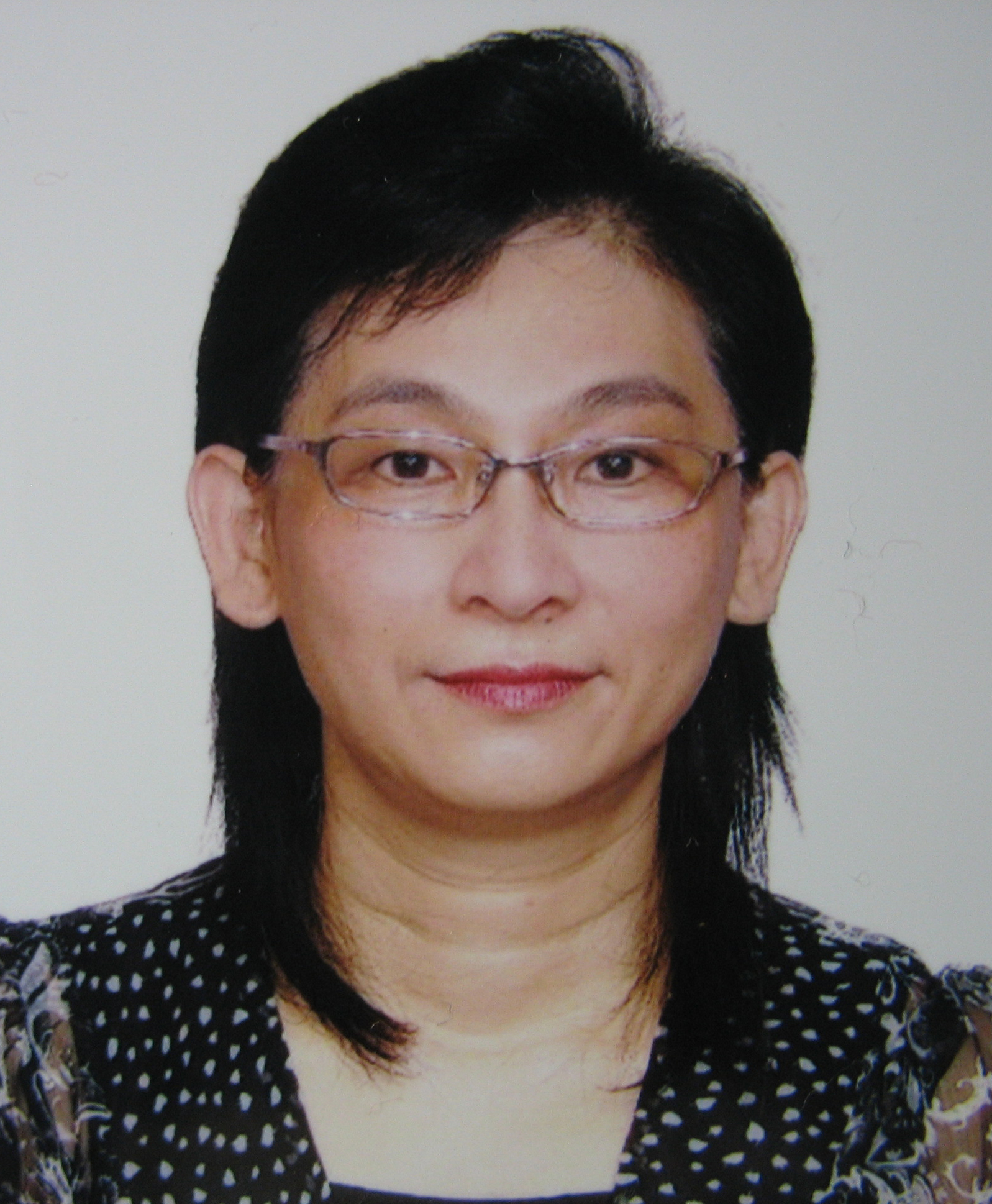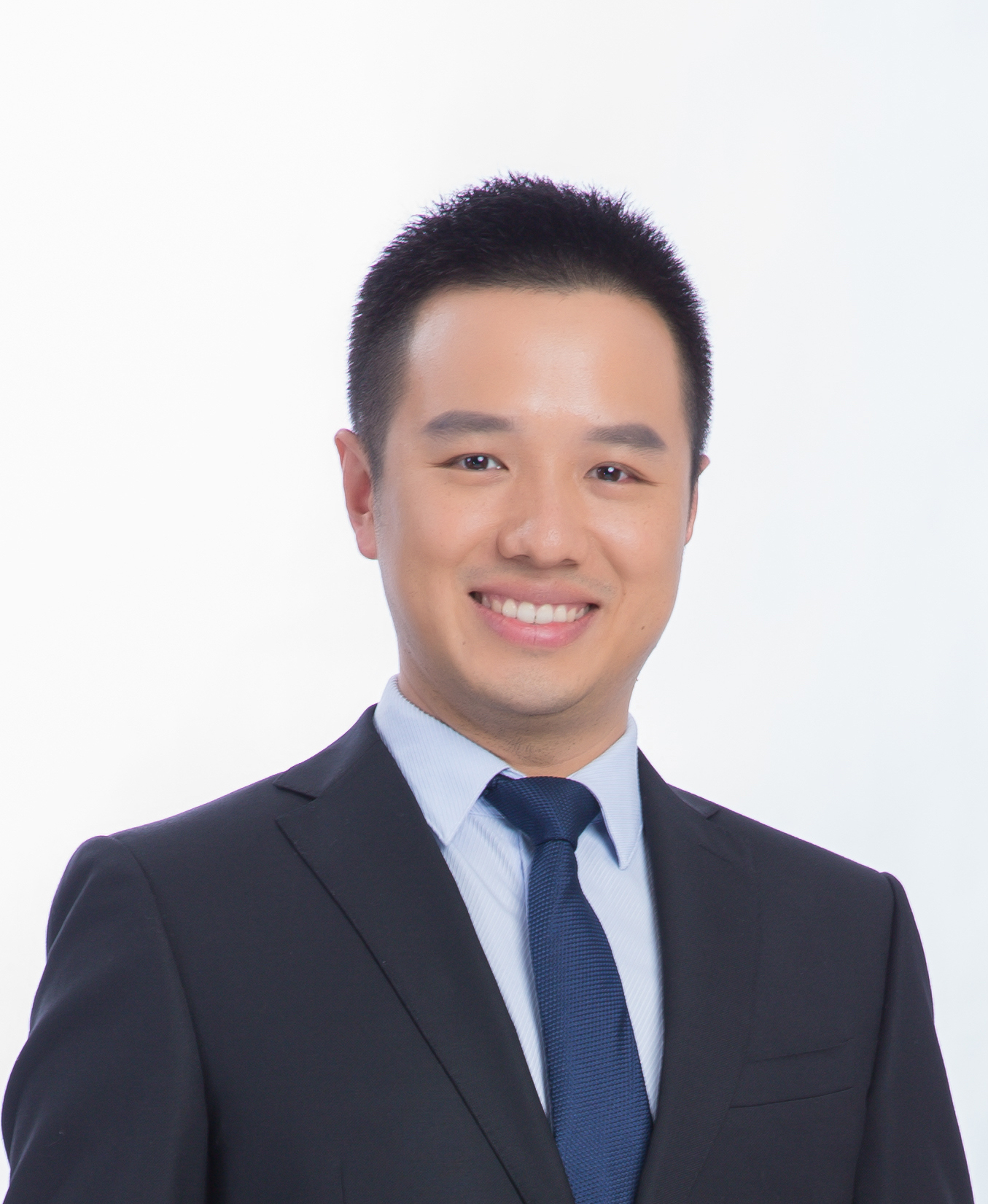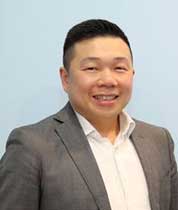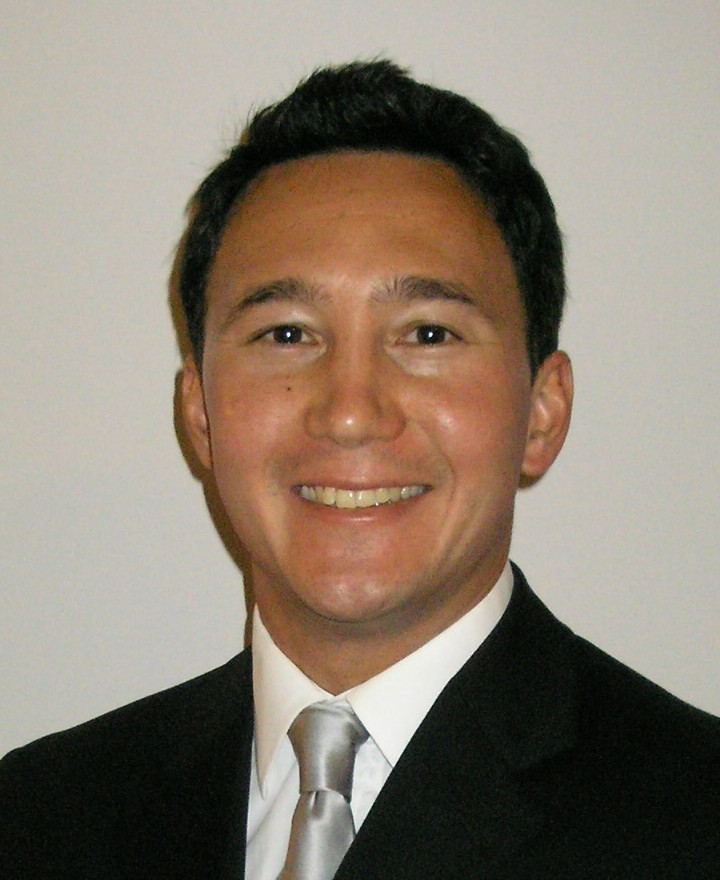Ortho-k will be a highlight at BCLA Asia
The rise in orthokeratology as a treatment for myopia ensures it is a topic on the radar of eye care professionals across the world. A series of lectures and workshops due to be held as part of this year’s BCLA Asia will delve deeper into the world of Ortho-K, arming delegates with the knowledge they need to make a long-lasting difference to patients’ lives.
Ortho-K has the potential to change the way your practice functions and Professor Pauline Cho, (pictured, right) will examine how you should prepare yourself and your practice to offer the service, examining the challenges and potential pitfalls and discussing the opportunities for co-management. Professor Cho, founding member and immediate past president of the Hong Kong Academy of Orthokeratology, said: “Prevalence of myopia is on the increase worldwide, particularly in East Asian countries, such as Singapore, China, Japan, and Korea and there is an urgent need to take actions to manage myopia in young children.
pitfalls and discussing the opportunities for co-management. Professor Cho, founding member and immediate past president of the Hong Kong Academy of Orthokeratology, said: “Prevalence of myopia is on the increase worldwide, particularly in East Asian countries, such as Singapore, China, Japan, and Korea and there is an urgent need to take actions to manage myopia in young children.
“Orthokeratology is the first optical myopia control treatment shown to be effective for myopia control and several papers, include two randomised clinical trials, have confirmed its effectiveness for slowing axial elongation in myopic children.
“So, is it ethical for you, an eyecare practitioner, not to offer an effective (evidence-based) myopia control intervention to your myopia children patients?
“That said, should the parents of every myopic child presenting at your practice be recommended orthokeratology or should you consider monitor and determine if the child is at risk of developing high myopia?”
The lecture will address those questions and present different schools of thoughts, from both practitioners’ and parents’ perspectives.
It has been estimated by BHVI that more than half of the world’s population will be myopic by 2050, of which 10 per cent will be highly myopic, (over -5.00D of myopia), per WHO’s latest definition.
These potentially highly myopic people are to be protected as the incidence of myopia-related complications are significantly higher in them compared to their low to moderate myopic counterparts.
Therefore the myopia control target is reasonably set to -5.00D of myopia into adulthood. In order to achieve this goal, multiple myopia control modalities have to be incorporated into daily practice.
The most frequently used myopia control modalities include low-dose atropine eye drop and Ortho-K.
 Dr Peter Chen (pictured, left), an ophthalmologist from Fudan University Eye and ENT Hospital in Shanghai, China, will present the findings of a retrospective study which discovered that younger patients with lower refractive error are most likely to suffer faster-than-average axial growth during Ortho-K treatment.
Dr Peter Chen (pictured, left), an ophthalmologist from Fudan University Eye and ENT Hospital in Shanghai, China, will present the findings of a retrospective study which discovered that younger patients with lower refractive error are most likely to suffer faster-than-average axial growth during Ortho-K treatment.
He said: “We found that when low-dose atropine eye drop is added on top of Ortho-K treatment, it slows down the axial growth in those fast myopia progressors dramatically. Despite unclear mechanism underlying the effect of additive atropine, combined treatment of pharmaceutical and optical modalities seem to be a promising myopia control strategy in the future.”
Although fitting ortho-k lenses may appear relatively straightforward with the use of some basic fitting rules, it is vital for every practitioner to have a deep understanding of the principles behind Ortho-K lenses as the fitting of these lenses produces significant changes in corneal morphology with important refractive implications.
Dr Oliver Woo (pictured below, right), will stage a workshop giving BCLA Asia delegates practical tips and case studies in orthokeratology. He said: “To succeed in orthokeratology, we must have a good solid ground and foundation. We need to understand the key fitting factors to achieve the optimal fitting in orthokeratology.
“Let’s learn from my mistakes and failures. We can achieve a higher success rate in fitting orthokeratology and you can apply my practical tips and case studies to your practice tomorrow. 
“In addition, I will share my 20 years’ experience in using orthokeratology with you about practice building, myopia control and the importance of safety in orthokeratology. It’s a lecture about taking us back to the future.”
Meanwhile, Dr Randy Kojima (pictured below, right), Clinical Research and Development Director for Precision
Technology based in Vancouver, Canada, will stage a workshop focusing on astigmatism and OrthoK.
 He said: “Corneal and refractive astigmatism factors into the candidacy for orthokeratology and determines success or failure in treatment. This workshop will review the cornea shape considerations that might guide our lens design choices.”
He said: “Corneal and refractive astigmatism factors into the candidacy for orthokeratology and determines success or failure in treatment. This workshop will review the cornea shape considerations that might guide our lens design choices.”
The workshop will discuss recent findings related to refractive astigmatism and methods of approaching the treatment of the adolescent eye. A heavy emphasis will be placed on lens construction and optimisation for the best possible alignment, physiological response, vision and comfort.
Taking place on 18-19 September 2018 at the Singapore Polytechnic Convention Centre, BCLA Asia will include sessions detailing the very latest clinical guidance on topics such as myopia control, dry eye management and presbyopia.
The event is a partnership between the BCLA and the Singapore Optometric Association and will feature lectures from leading industry figures from around the world. The two-day conference will see BCLA working in collaboration with SOA to deliver sessions blending the latest research and clinical guidance. There will be a range of hands-on workshops covering clinical skills, business and presentation/research skills.
An exhibition will allow delegates to get ‘hands on’ with the latest products and there will be plenty of opportunities to network with colleagues and the wider contact lens and anterior eye community.
Online registration for the event is now open, find out more here.